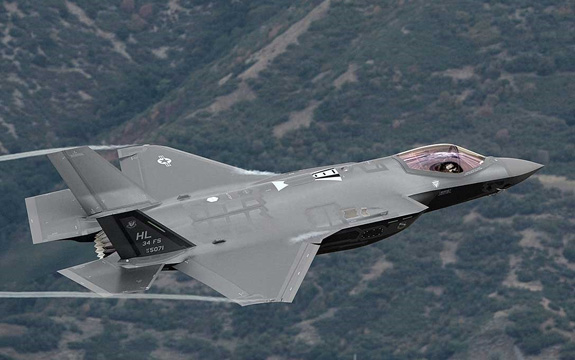Diplomacy and internal defence is half the battle

In Summary
- Analysis for The Australian by Dr Jason Thomas, lecturer of postgraduate risk management at Swinburne University of Technology
Russian President Vladimir Putin may boast of his nuclear arsenal but, as his soldiers are discovering in Syria, against an enemy whose centre of gravity is metaphysical, such weapons are pointless.
While Australia’s defence planning in the form of submarines and frigates — as well as the purchase of joint strike fighters — is critical for our protection, as with all things in life and war, humans are more important than hardware. In this endless cycle of messy, long wars involving asymmetric threats our security strategy must include an investment in our ability to conduct foreign internal defence. That is working by, with and through host nations in the field — in other words being embedded within the populations whose stability is challenged by insurgencies, terrorism and subversion that could reach out to threaten us.
It is only by being coffee-breath close to those you are supporting that you can truly understand the human context of conflict and connect that with a broader strategy.
Large defence pieces are vital for advancing our military’s speed of deployment, manoeuvrability and effectiveness, but they may not destroy the enemy’s potential for warfare. Regardless of the enemy, we need to know how they resupply, how they communicate, and where they are exposed morally, mentally and physically. Foreign internal defence ideally involves diplomatic, economic and political elements. As with other forms of unconventional warfare, including counter-terrorism, the unique component to foreign internal defence is the quality of the people thinking, planning and implementing these kinds of assignments.
As US military strategist John Boyd said, it is “people who fight wars, not machines and they use their minds”. For Boyd it was people, ideas and hardware — in that order.
Our recent efforts in Iraq against Islamic State are a case in point. For many post-9/11 train, assist and transfer missions in Afghanistan and Iraq the metric of success was how many soldiers were trained. But when left to their own devices, they were often overrun by Islamic State or the Taliban. But Australia and New Zealand’s forces focused on teaching tactics, techniques and procedures that defeated the enemy.
This was complemented by other support, including Australia’s $180 million stabilisation package delivered through international organisations. The military piece can work only when linked to political ends. No use the military taking all the risk when politicians don’t establish the host nation’s legitimacy in the minds of its population. The nature of the networked threat engineered by al-Qa’ida and Islamic State meant efforts on the ground in Iraq needed to be supported with efforts in the community in Australia and other Western nations. Think global, act local could summarise the jihadists’ modus operandi.
With our primary energy and trade links dependent on regional stability and freedom of navigation, we cannot allow fragile neighbours to fend for themselves, particularly with nation-states and non-state actors devising new ways to threaten our strategic interests, a point effectively conceded in Australia’s 2016 defence white paper.
Some may resent our taxpayers’ funds being spent on faraway lands, but it can be as relevant as dealing with threats in our back yard. As the US has learned, step away from an ally such as The Philippines, and China is ready and able to fill that vacuum. Since its implementation in 2002, the US mission known as Operation Enduring Freedom has proven to be an economic way to promote global stability without incurring the crushing cost of large-scale military intervention. The Philippines has been a fine example of the inter-agency model of foreign internal defence. While we must always prepare and train for conventional warfare, history shows that guerilla warfare is the predominant form of conflict.
Not all those Islamic State fighters were vaporised with drone strikes and F-16 sorties; many simply dispersed to regroup for the next phase in the Islamic extremists’ global insurgency. The future battleground will remain fragmented and will involve combating threats embedded within an own population — the so-called “war among the people”.
Foreign internal defence requires people skilled at immersing themselves in these offshore locations and cultivating relationships with key leaders to strengthen the host’s capacity to undermine these threats and in turn protect our strategic interests.
It involves diplomatic, economic and military layers and allows connection with a host nation from policymakers, and civil-society leaders while supporting the tip of the spear in the form of military operations.
The point is to strengthen our regional influence through host nations whose stability and security is linked to Australia’s strategic interests. For this Australia needs to continue to invest in people in the mould of the influential and trusted British explorer-diplomats Gertrude Bell and Alexander Burnes, not just submarines and battleships.
Written by Jason Thomas, lecturer of postgraduate risk management at Swinburne. Originally published by The Australian.

